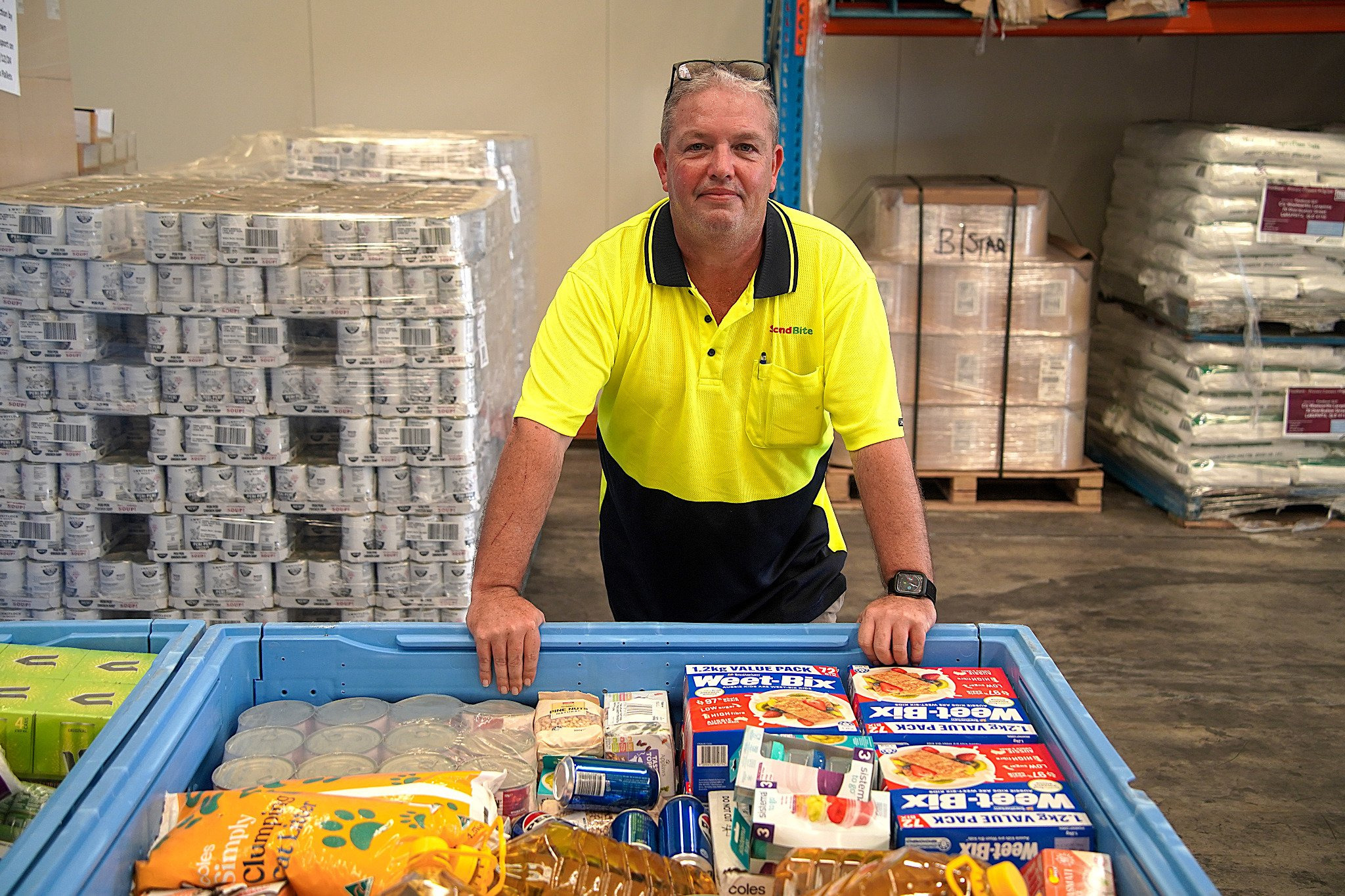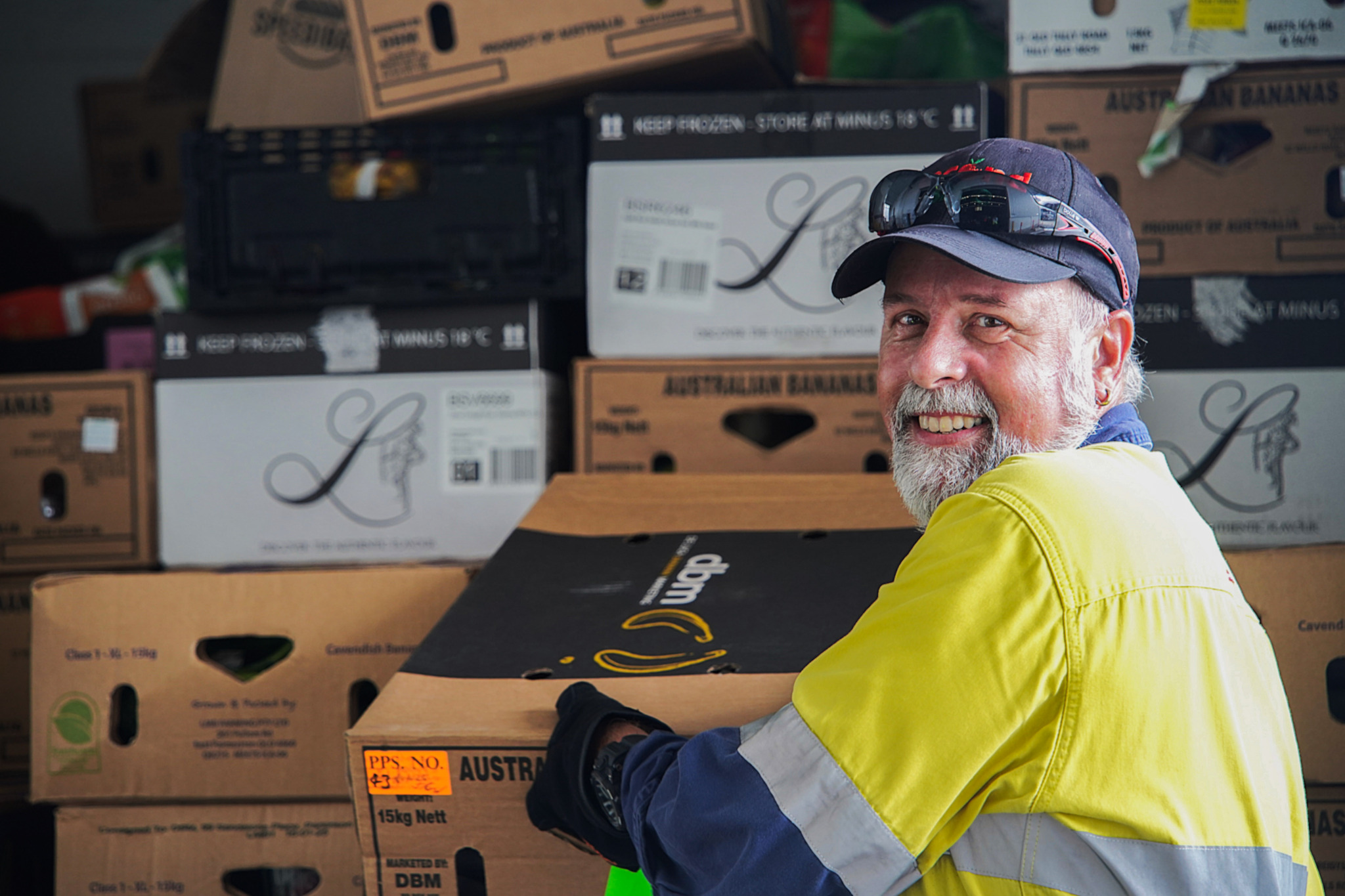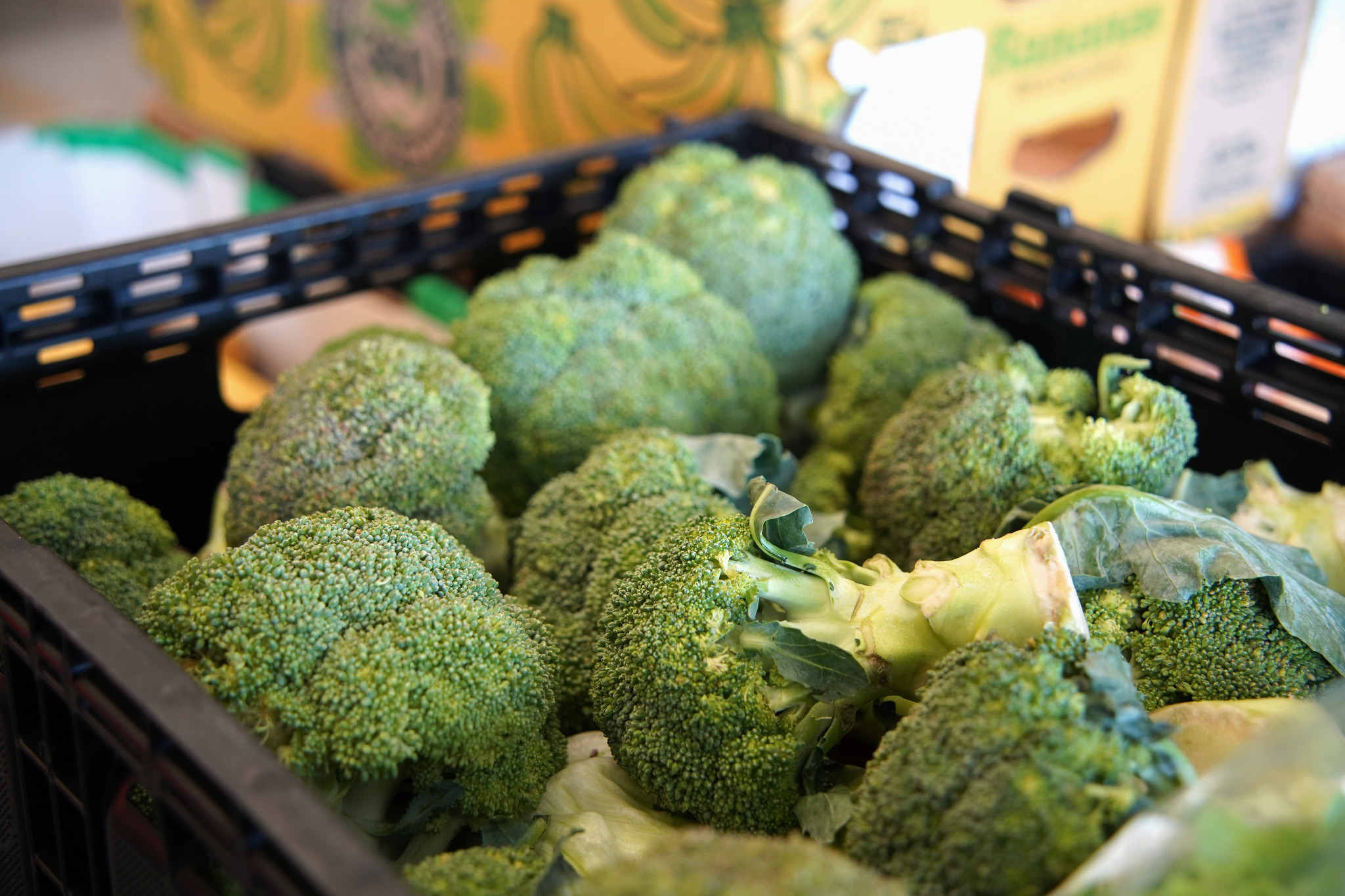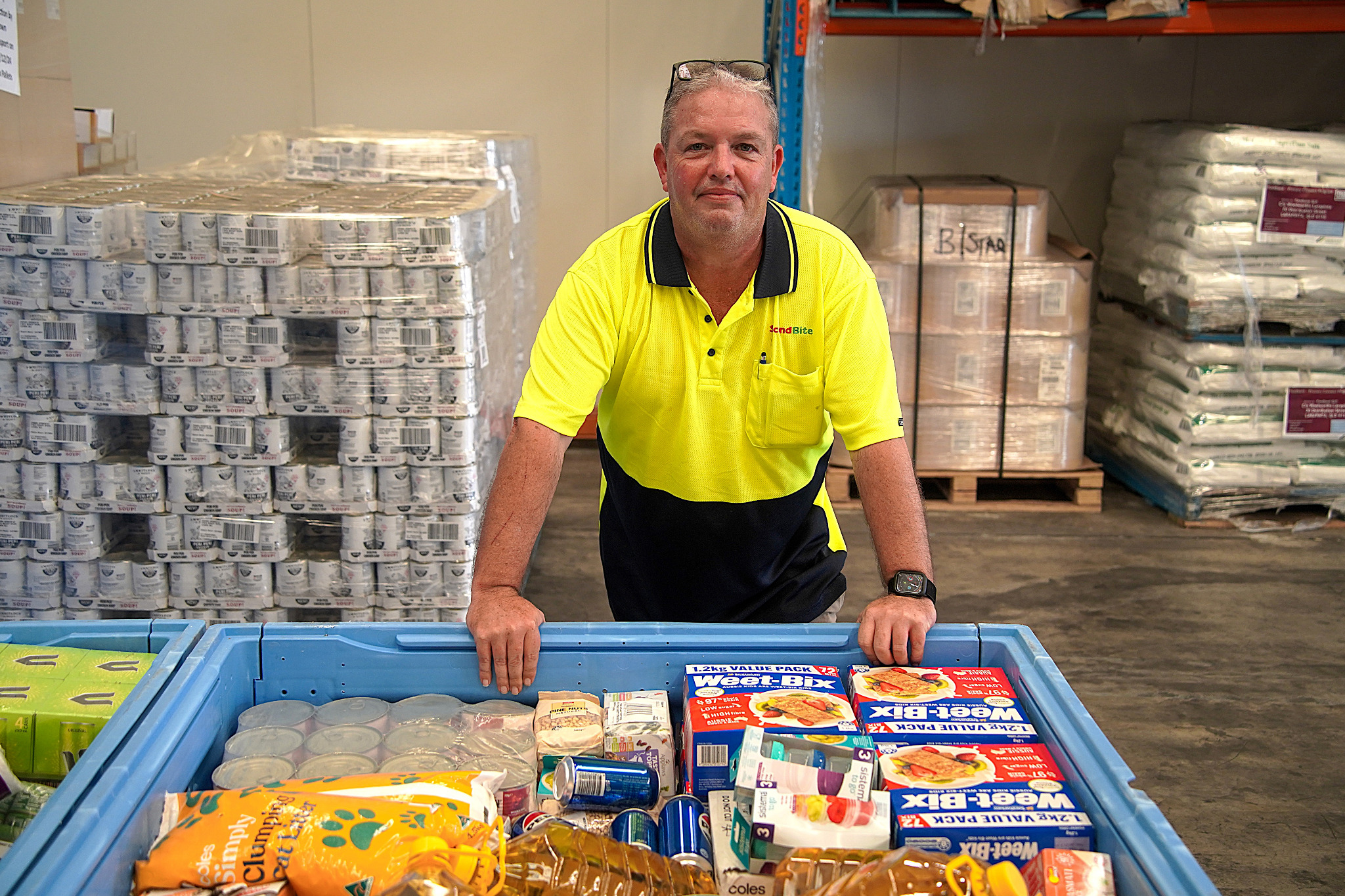
While Australians struggle to put dinner on the table, dumpsters are full of food.
25 Feb 2025
While people struggle to put food on the table, dumpsters are overflowing.
From farm to kitchen, approximately 5.6 million tonnes of perfectly edible food is discarded annually.
It’s a massive contributor to greenhouse gas emissions and costs the economy over $36 billion a year.
But if you know the right spots, you could be able to redirect some of it from landfill to dinnerplate.
It can be nasty business, but for those brave enough to dive, dumpsters can be a life saver.
From bunches of celery, to cans of coke, skip bins can easily cover a weeks worth of groceries.
Often filled up due to supermarkets stringent quality standards, the food is either damaged in some way, or close to its use by date.
Fruit apartheid
Professor Carol Richards, a food and agricultural sociologist at the Queensland University of Technology, has been studying supply chains for nearly two decades.
To Professor Richards, what is passed off as quality standards, are supermarket’s unrealistic beauty standards.
She says farmers often don’t even bother delivering fruit because they know it won’t get passed supermarket inspections.
“Nutritious, good food is being dumped because they’re too big or too small, or sometimes too straight or too curvy,” she said. “It's just a crazy reason to discard perfectly edible food,” Professor Richards said.

“When you look in the supermarket, you see [fruit and vegetables] looking very uniform. They're all a very similar size, shape and colour.
"And this is to do with marketing and the appearance of fruit and vegetables on the shelf, rather than the actual edibility or quality.”
A number of supermarkets and grocery stores have taken up selling “ugly foods” at discounted prices. A move Professor Richards believes only reinforces these fruity beauty standards.
“They should be selling food that's misshapen, that's edible, but they don't need to segregate it. It's a kind of fruit apartheid. You don't need to put it in a separate place and sell it for a bit cheaper,” she said.
"It's still good food.
Blame games
Household waste was found to constitute the largest proportion of total food waste – around on-third – and costs households approximately $2500 a year, according to the Food and Agribusiness Growth Centre.
Supermarkets’ tendencies to over-order and enforce strict aesthetic standards can be seen as a response to consumer demands.
But Professor Richards points to the lack of options.
“We've got two supermarkets in Australia that hold about around 70 percent of market share … so they have a lot of power and a lot of say in what they'll stock or what the quality standards are to be.”
“You could say there's a consumer responsibility, but where do we buy the alternatives?” Professor Richards argues.
A significant push has been made by supermarkets and community organisations to partner with food rescue organisations and reduce waste.
Food from across the supply chain that would otherwise be discarded is picked up from not-for-profits like SecondBite, who sort and redistribute it across communities.

SecondBite
“I think there's a perception that people seeking food might be rough sleepers, or you know, people who are juggling all sorts of issues, but actually there's lots of just regular Australians because of cost of living, or hit hard times,” says Fiona Maxwell, SecondBite’s Director of Community and Innovation
“We are seeing more people than ever asking for food relief. We are seeing people who are employed, double income houses, people with mortgages, are seeking food relief because they just can't make ends meet.
The Queensland distribution centre redirects all products, from broccoli, dog food, and shampoo – still in perfect condition.
“I think the critical thing in all of this is dignity. Just because someone has hit hard times, doesn’t mean they should get something that isn’t good quality or substandard or that they shouldn’t be dealt with care. That’s what’s important to us.”
“The more we can manage supply and … educate consumers about using things up and [being] happy to eat odd shaped fruit and veg, the more there will be impact. But there is still a long way to go.”

While the tonnage of food waste has created a welcomed blank for those in need, Professor Richards believes immediate regulation and support is needed elsewhere.
“Food banks [have] been necessary and they've served two purposes that kind of neatly come together, and that is, they deal with food waste, and they deal with hunger. So, when you bring those two things together, it looks like a perfect solution, but it's not,” she said.
“You need two separate solutions to two distinct problems,”
“By conflating the two, it allows us just to skim over the problem, the really deep, entrenched problems, and that is in terms of food waste, the behavior of the major corporations that control the food system, and then at the other end, it's an issue of poverty and welfare and basically human rights.”
But in the meantime, organisations like SecondBite continue to help.

“It might not need to exist, but it’s great that it does exist for those who are doing it tough. Just to give them that bit of relief financially,” says SecondBite’s Brisbane Warehouse Manager, Mark Hunter.
Post a comment